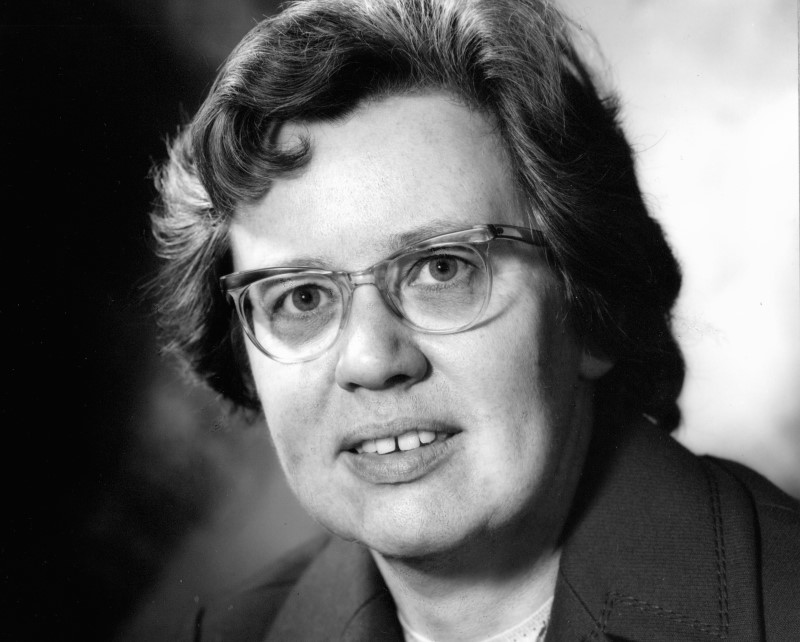The new volume of Royal Society Biographical Memoirs includes genetic discoveries, theories of memory, and much more.

In 1961, Mary Lyon published her theory of X chromosome inactivation—aka Lyonization—in a solo-authored paper in Nature. The phenomenon, revealed in mice, explains how females with two X chromosomes compensate for the double dosage of X-linked genes, compared to males who only have one X chromosome. The mechanism extends to all mammals, including humans, and stands as a key 20th Century discovery for genetics and developmental biology.
Despite not being able to study biology in her final year of school (due to WW2 era teacher shortages), Mary enrolled at the University of Cambridge in 1943 with zoology as her main subject. Growing interest in genetics and development took form during her PhD project on mice genetic linkage, initially at Cambridge and then Edinburgh, where she would continue as a postgrad with research into radiation mutagenesis, generating new mice strains.
The expanding mouse lab at Edinburgh relocated to MRC Harwell, Oxfordshire, where Mary found a permanent home for her research—now the Mary Lyon Centre. The newly created mice strains from Edinburgh included sex-linked mutations that affected hair coats in female and male mice differently. Amongst these individuals, a particular mottled coat mouse would lead to her eponymous theory. Find out more about her life and work in a new biographical memoir.

Tortoiseshell cats: a classic example of Lyonization. One X chromosome carries a version of a gene that results in orange hair, whilst the other X chromosome results in black hair. During early development, an X chromosome in each cell is inactivated at random, and all cell copies in that line inactivate the same X chromosome, producing a random pattern in connected phenotypes like coat pigmentation here.
Other highlights from the latest volume of Biographical Memoirs include the microscopic yet dynamic world of single cells revealed by Jeremy Pickett-Heaps, a pioneer of microcinematography; the theory of episodic vs semantic memory with Endel Tulving (Do you remember something or just know it?); and a hugely influential statistical figure, Sir David Cox.
Plus, there is the varied career of former Royal Society Vice President, Sir Geoffrey Allen, whose interests spanned science, technology and business, and whose roles included a tenure as Unilever’s research director during the invention of Viennetta ice cream.
All memoirs are published online as they are ready before being compiled into two volumes per year. Sign up for alerts or keep an eye on our website for new memoirs as they appear.
Image credits: Mary Lyon portrait photograph taken for the Royal Society in 1973, © Godfrey Argent Studio; Cat photograph by Gemma Underwood, from Pexels.




